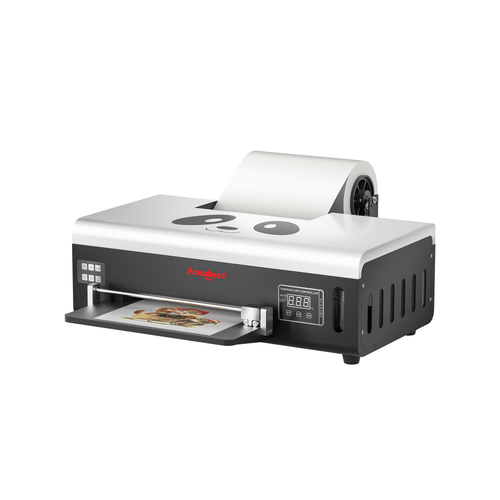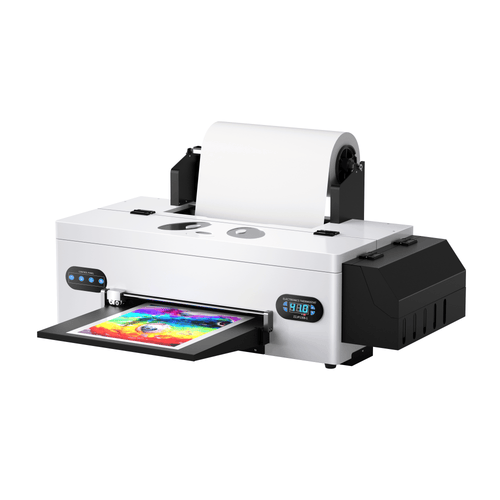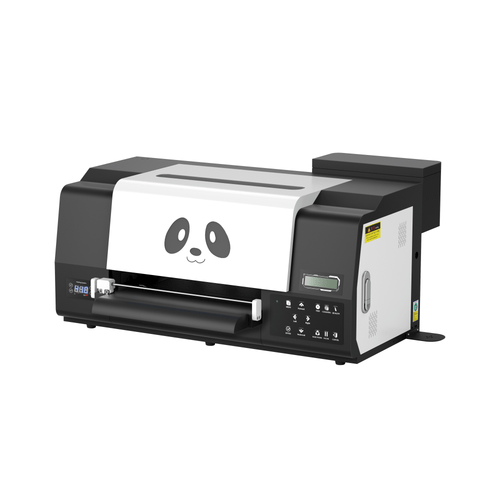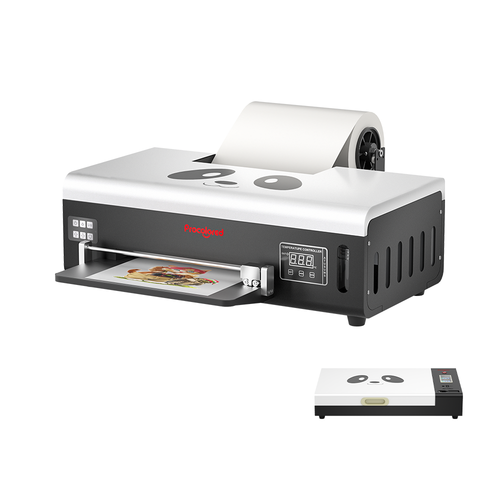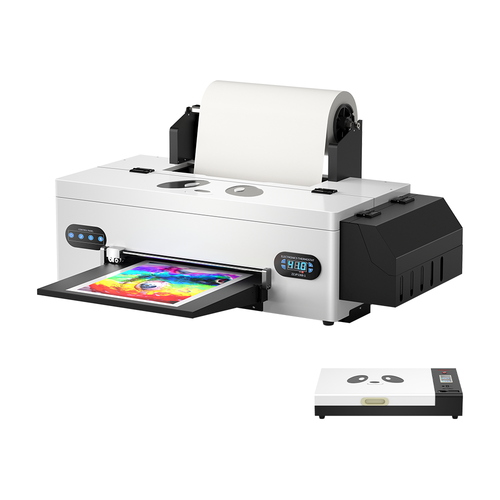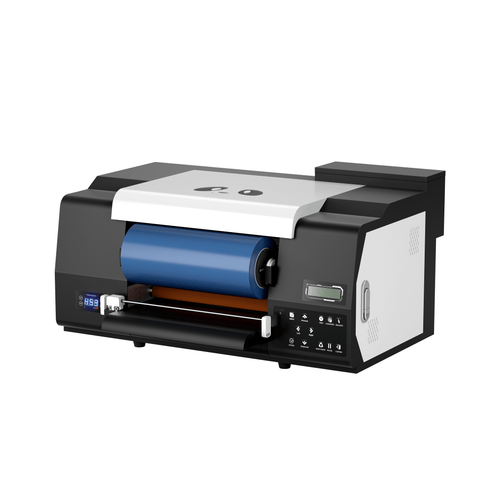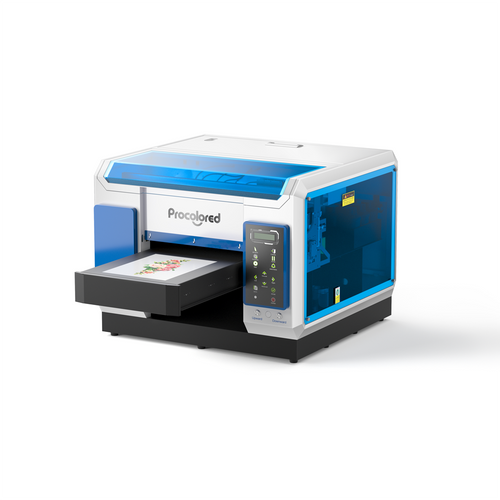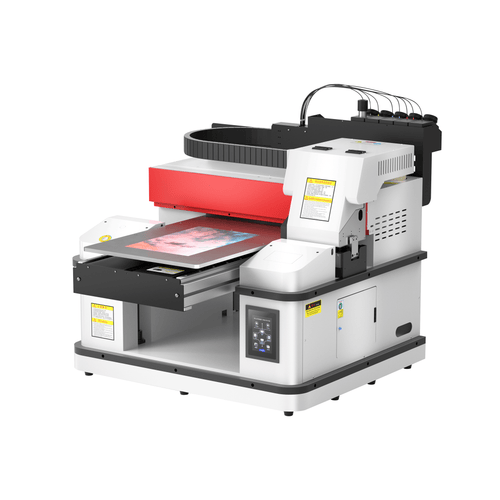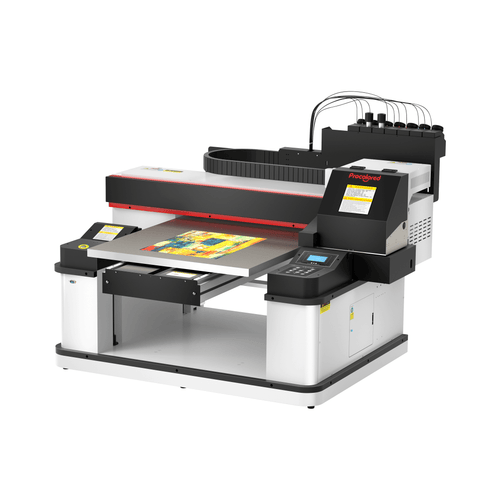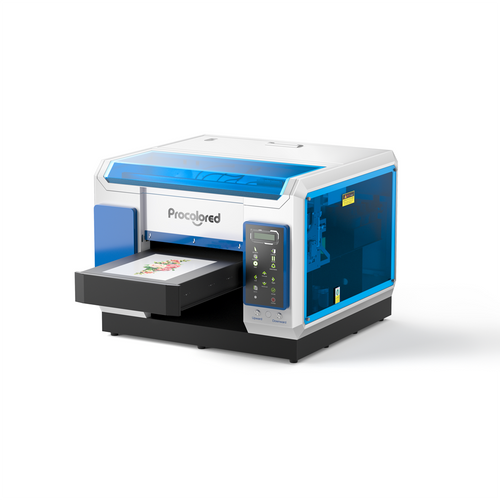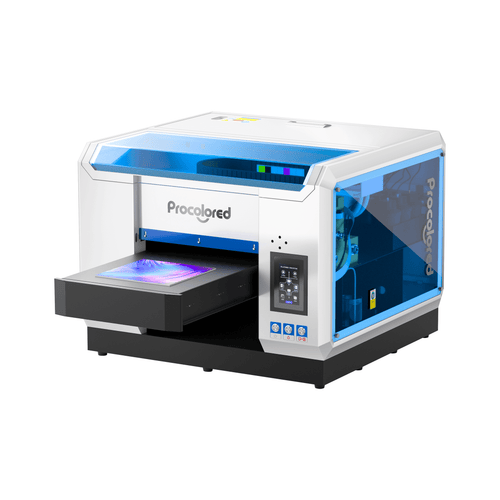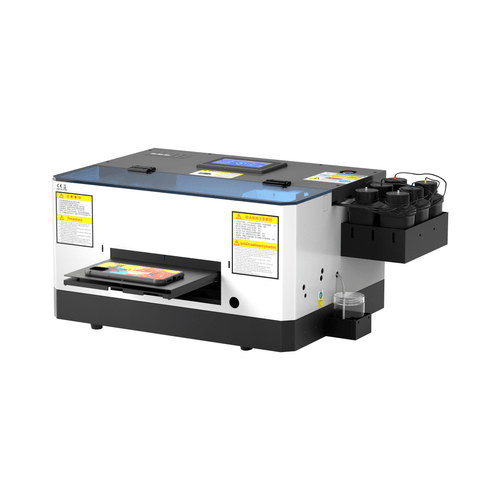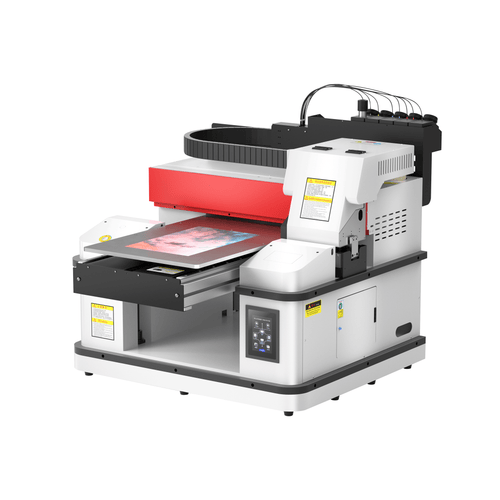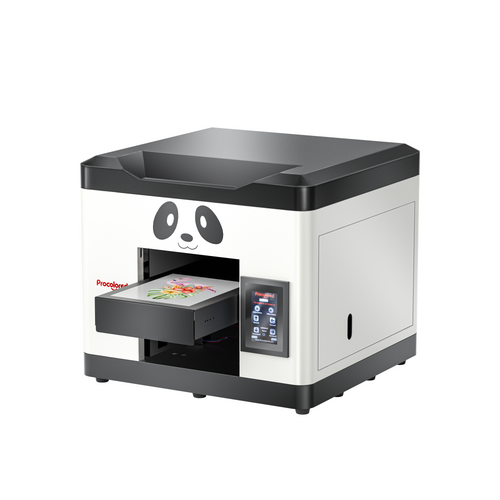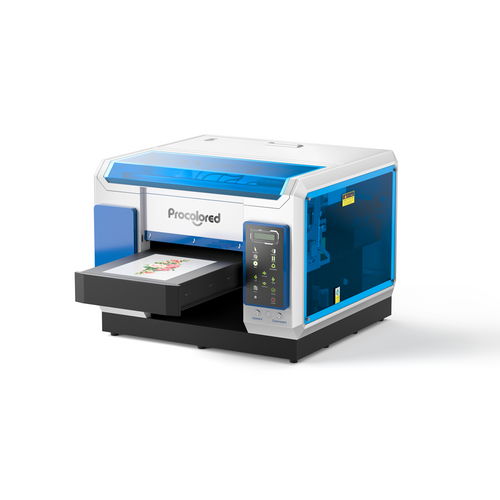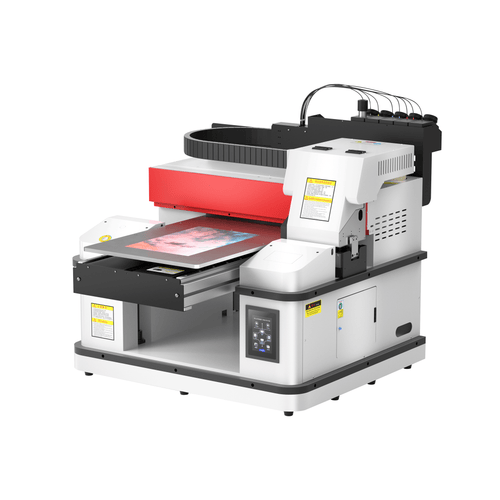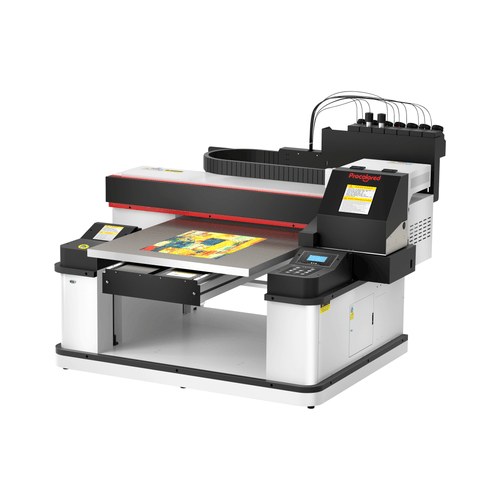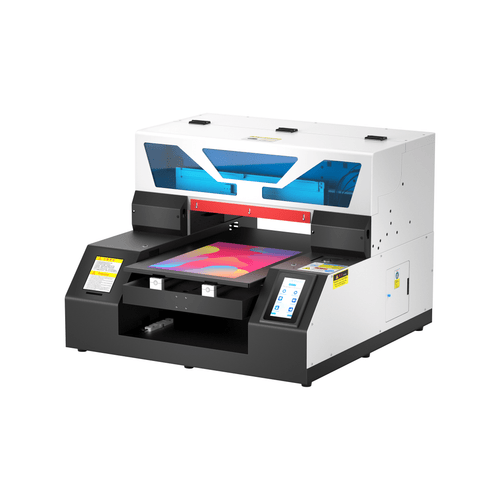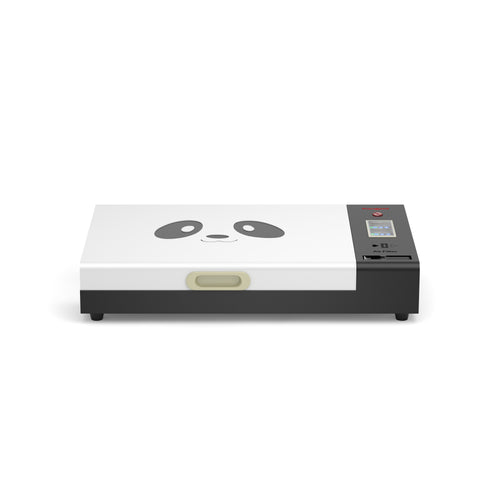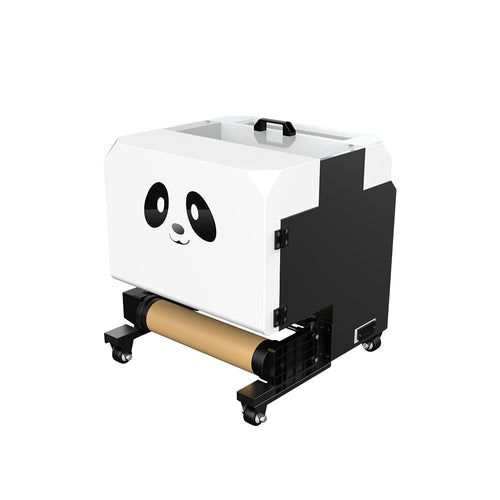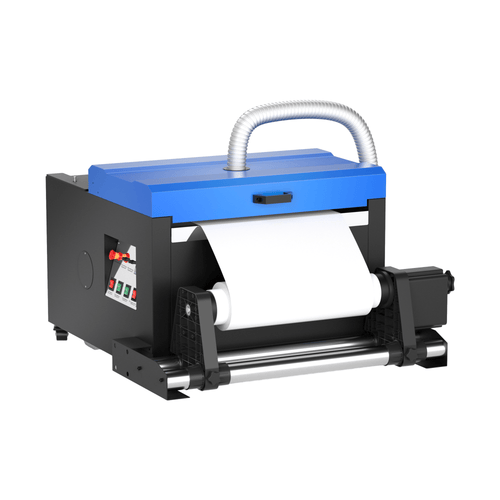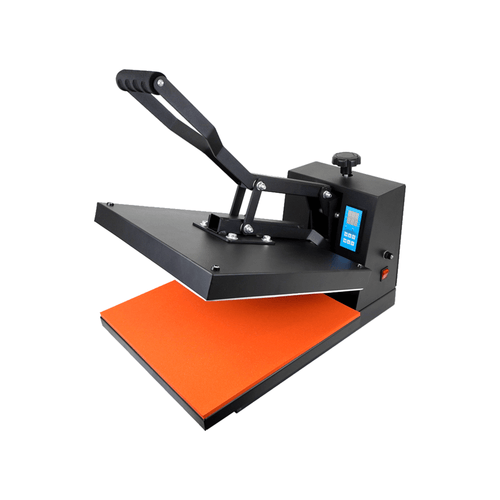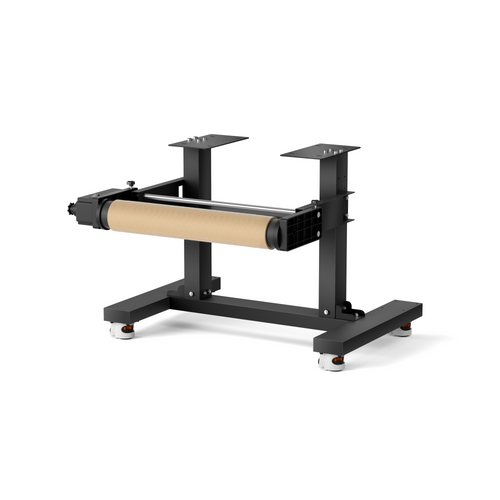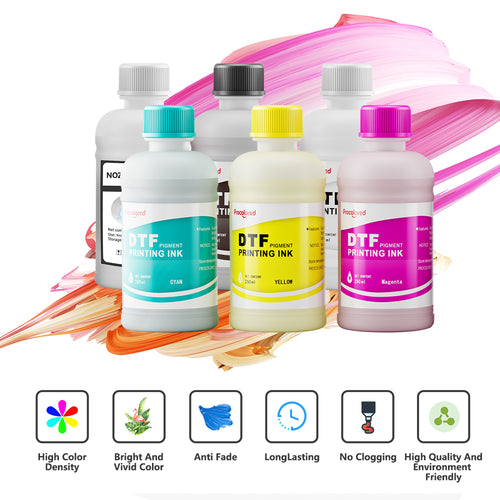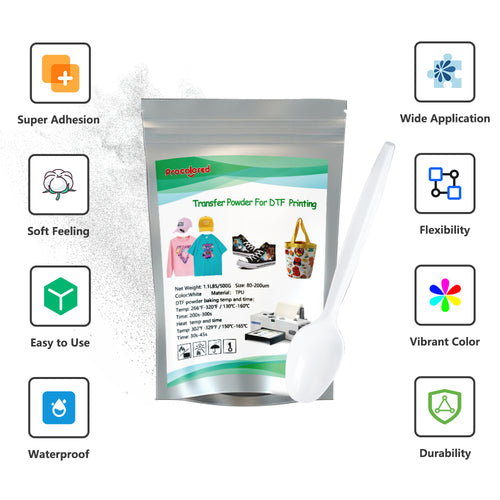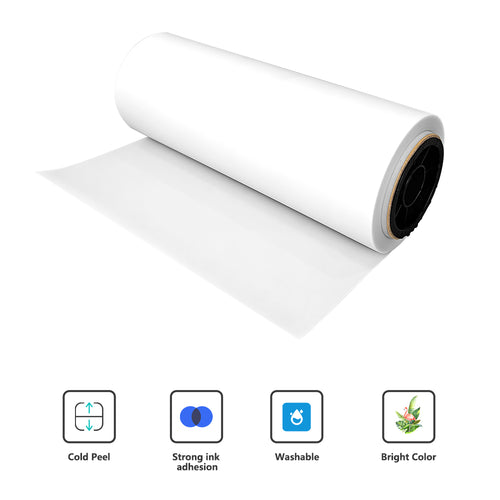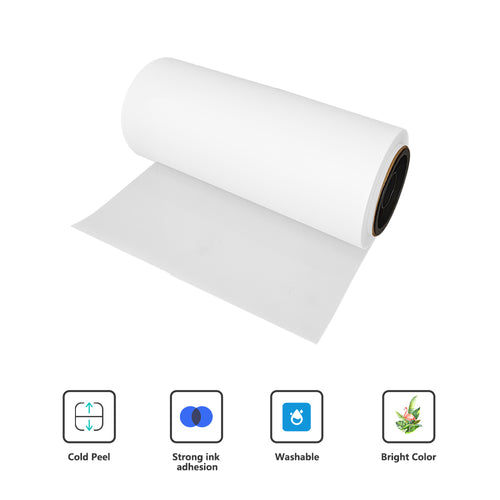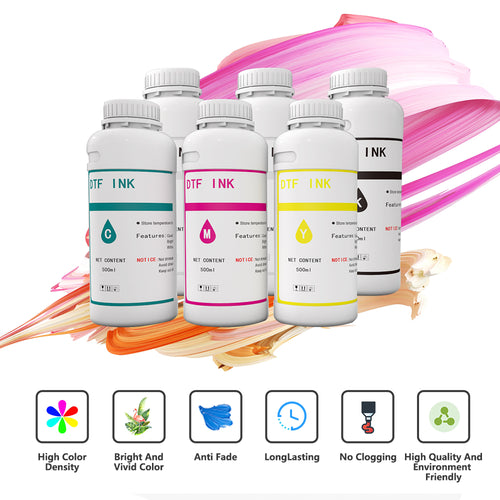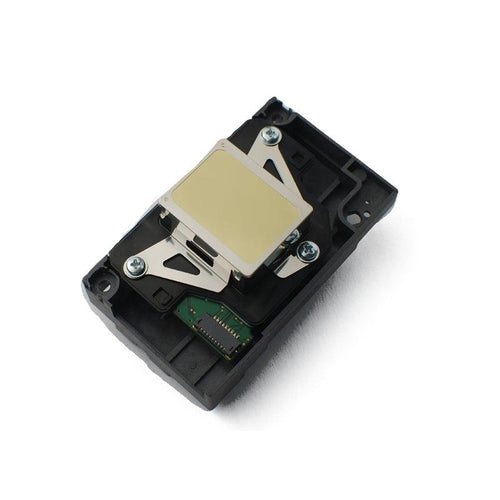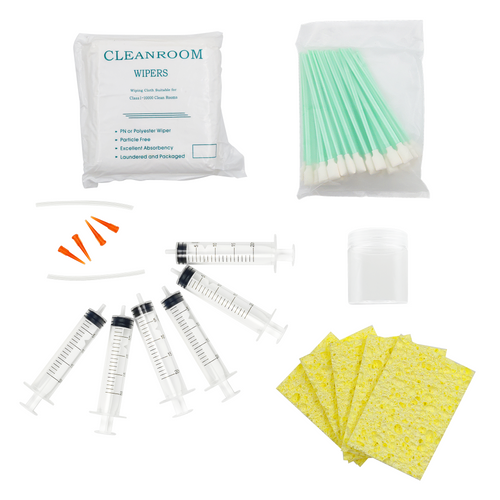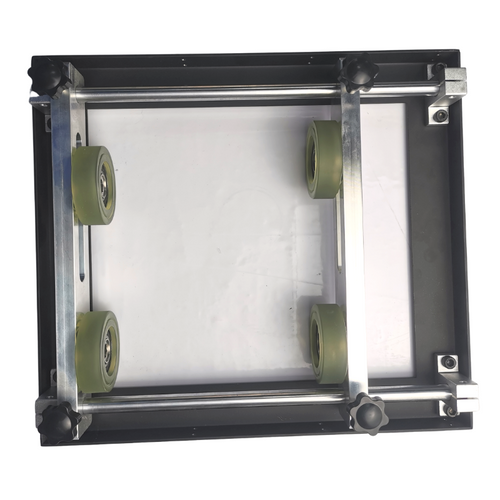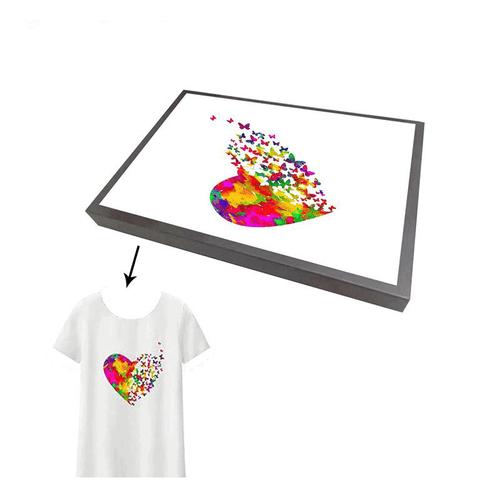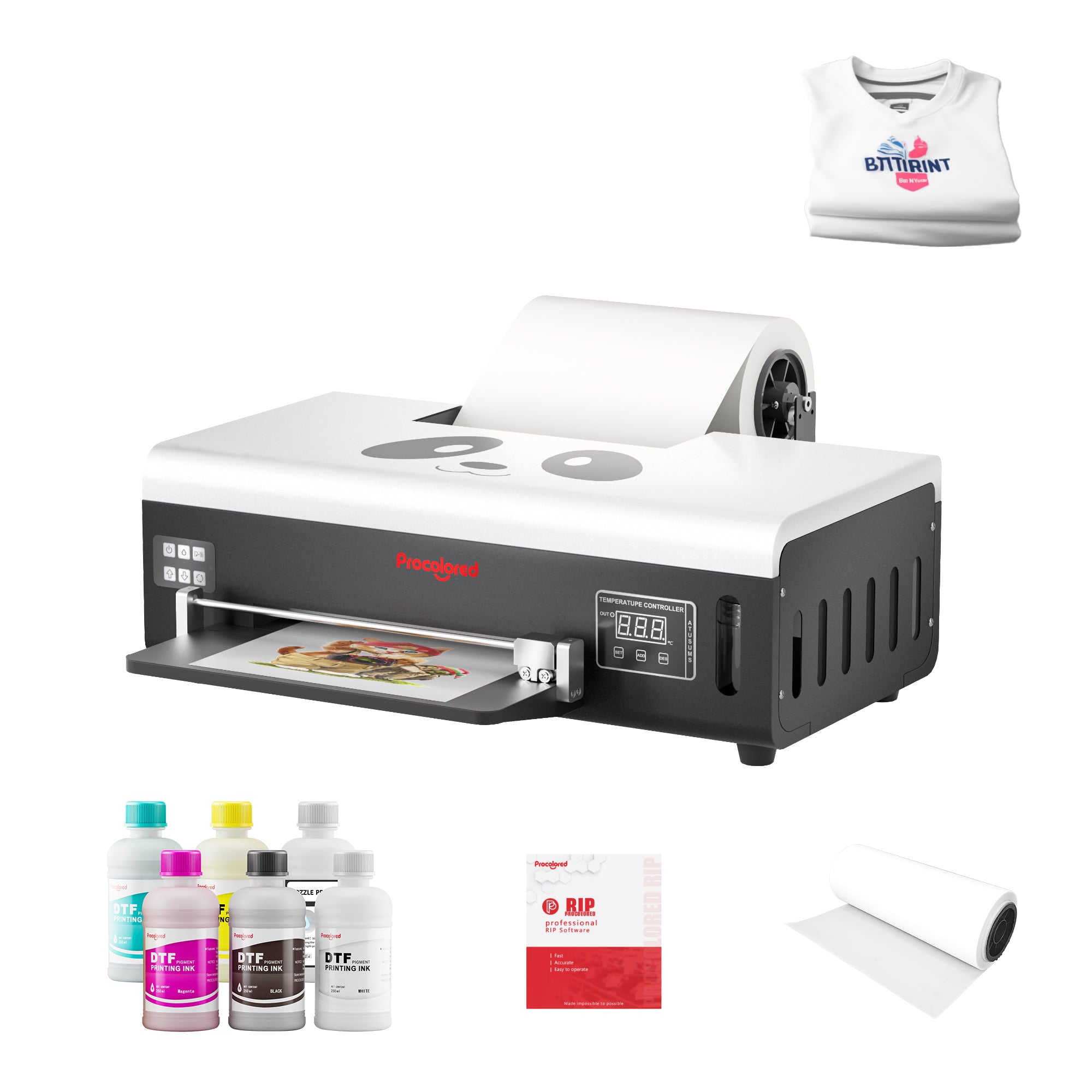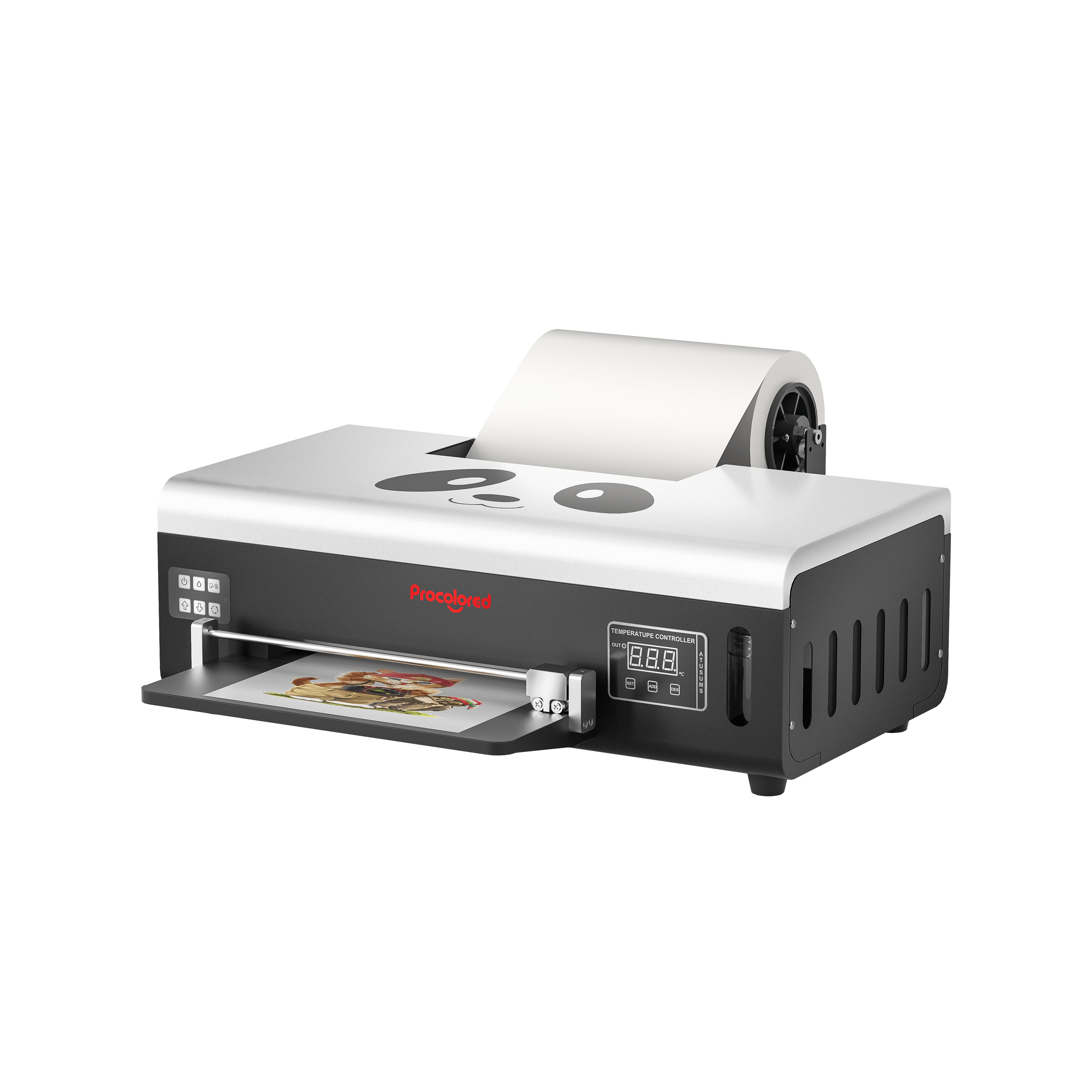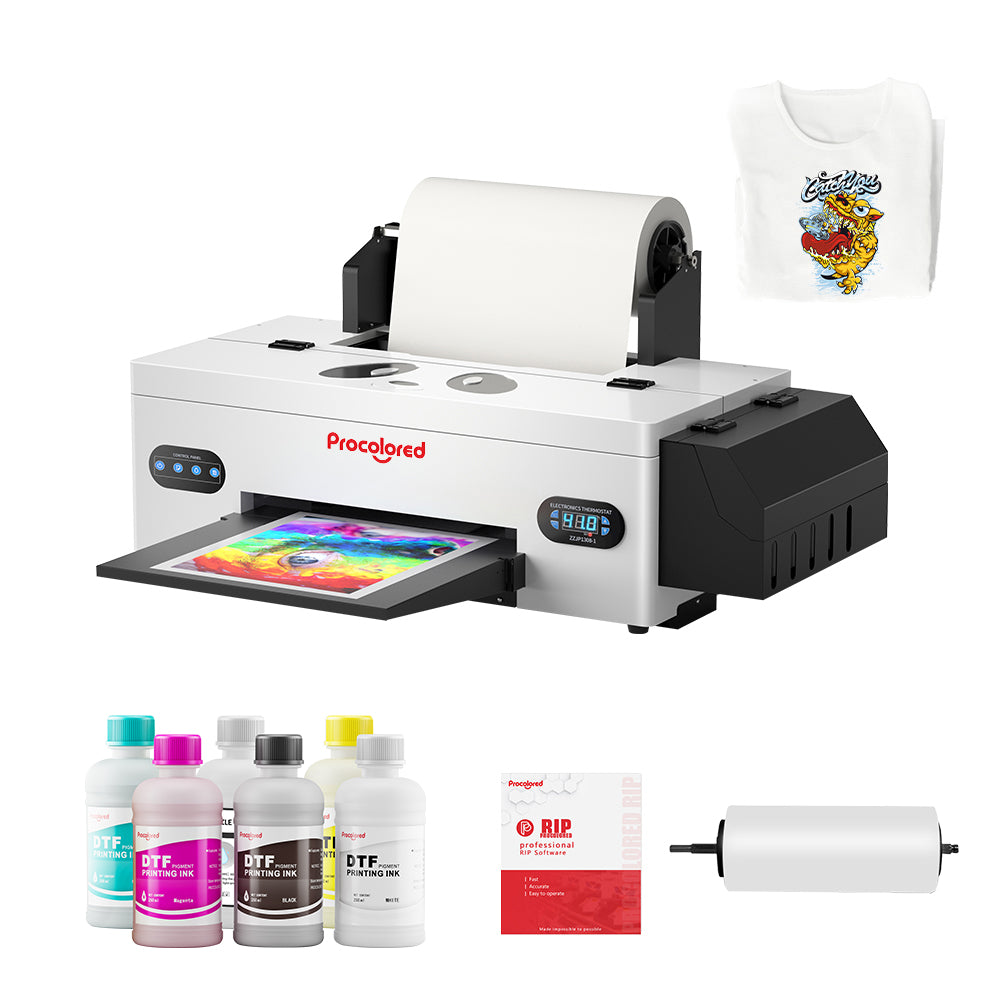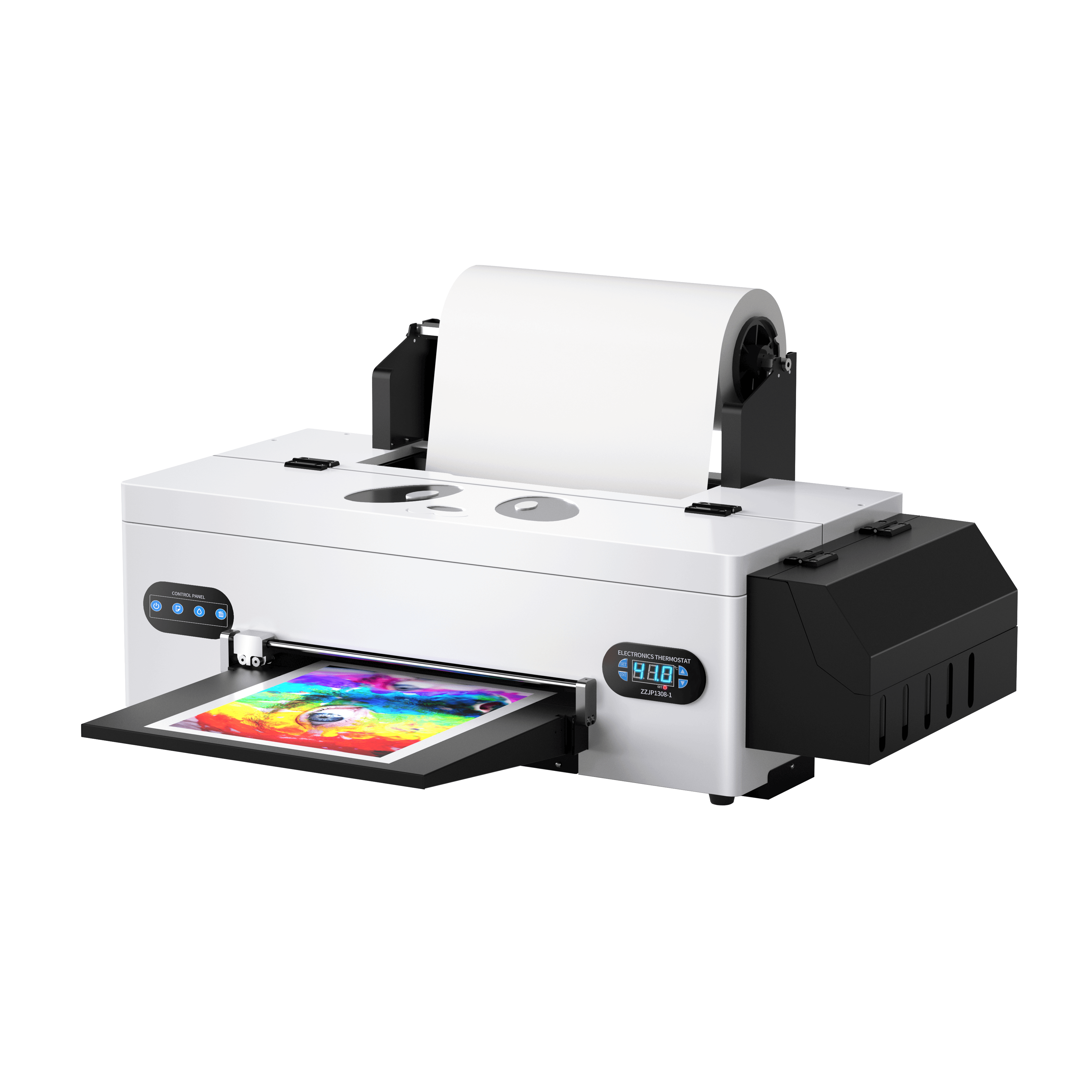Gemadvertorial
Advertorial
Chameleon DTF Transfer Film Introduction
Introducing a brand new pretreated film sheet for T-shirt DTF transfer.
This is a small piece of PET film cut from the film roll. It reflects bluish and purplish sheen under the light. The printed side of the film has a heat-activated pigment coating. The chemical coating will come off if you scratch the film. When you crumple the film sheet, some of coating will fall off but you can feel most of the coating are sitting on the film firmly.
It needs high temperature to transfer the coating onto an ordinary DTF print. This film is named as Chameleon film because it can add a pearlescent effect on the DTF print.

We can create color-shifting effects on T-shirt prints. It could make the printed designs appear to change color when viewed in different angles. The heat-activated pigment coating should bond securely to the T-shirt print during heat transfer. The effect is durable and make designs more interesting. Combine with other DTF films, we can create multi-layered and eye-catching effects. Let’s check out some cured prints. The Chameleon film add some high-tech aesthetics or silk-like feel on the print.
Similar to the ordinary DTF printing, after the print on the film is finished, cover it with adhesive powder. In order to melt the powder and dry out the inks, put the printed film into a curing oven with temperate at 130 degrees Celsius and countdown timer to 180 seconds.

It is easy to produce a cured T-shirt print, but the most tricky procedure is the heat pressing. The basic requirement is that the working room is clean and keep lint, debris and dust away from the transfer surface. And if it is not the correct way to heat press, the effect will not be satisfactory.
The outcome of the heat press is influence by the length of time it’s pressed. Let's try 135 degrees Celsius and 10 seconds. The adhered coating on the print is ultra thin, we can see a small amount of reflection on the pattern. If the heat press time is too short, the coating doesn't fully transfer and if the time is too long and the coating can over-cure. We can perform some test press to find out the ideal time and temperature for this DTF process. Start from short timing and gradually increase the time range. It’s better to slightly under-cure rather than over-cure the T-shirt prints.


The second influence element of heat press result is the cooling method. If you blow some wind to cool down the film or put the film under the air-condition, the cooling is not slow and stable. Rapid temperature changes can disrupt the ink bonding. As a result, the coating adhered on the pattern is not even, so the appearance is poor. The prints should be cool naturally at room temperature. The coating covered on the prints needs time to set properly. Don’t disturb the prints until they are fully cooled.

The heat press outcome is also related to the pressure applied on the pattern print. After heat press, this print is covered very thick coating, and some area is even thicker, because a cushion is put under the low part of the print. If you have a heat press with adjustable pressure, select a relatively lower pressure and make it be stable during the whole transfer process. Make sure the pattern print is put on a even and flat surface, so the press distributed across the platen is maintained at an even pressure.

Temperature plays an important role in determining the heat press results. In this pressing, we used a temperature of 165 degrees Celsius. The Chameleon film got sticky to the print. It is relatively harder to peel off the film sheet and the coating covered on the print is messed up. The coating is heat-activated, so it needs relatively high temperature to transfer onto ink layer. However, if the temperature is too high, the Chameleon film will stick with the ink layer.

Now, I am showing the most recommended method of heat press. Following the guidelines so you can get a perfect result. It is not a complicated process to use the Chameleon transfer film properly. Before heat pressing, get rip of the wrinkles on the T-shirt and iron it flat, so that the pattern on the clothes doesn’t absorb uneven pressure when heat pressing.

Adjust the temperature of the heat press machine to 135 degrees Celsius and set timer for 12 to 15 seconds. We need a Teflon sheet covering the transfer film and the T-shirt. This is to protect the transfer, prevent scorch mark, and avoid PET film sticking to the heat press platen. After the transfer film is cooled down naturally, peel it off and we’ll get a pearlescent print on the T-shirt. The result is a vibrant graphic that stands out on the shirt.


